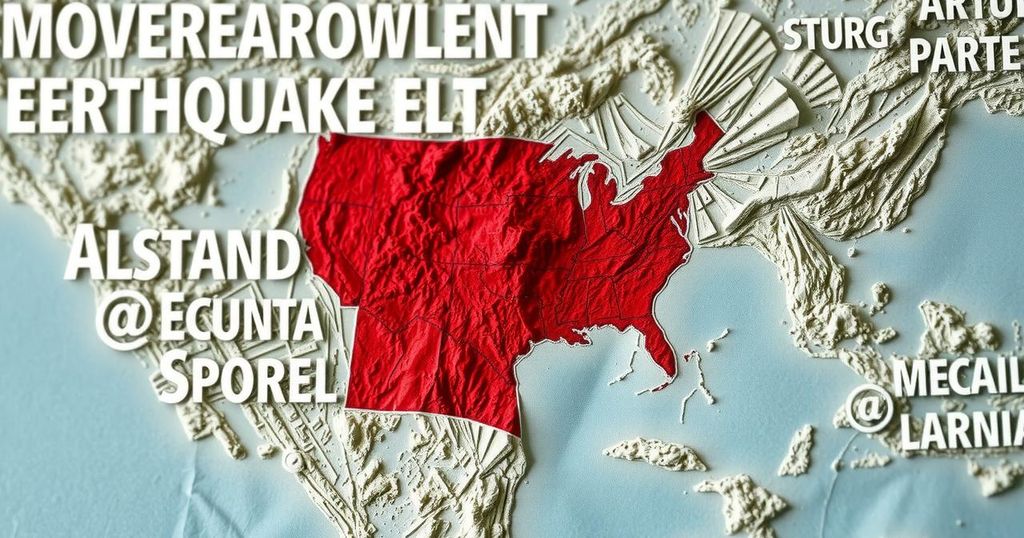Recent Earthquake Activity: A 6.1-Magnitude Quake Strikes Chile

A significant 6.1-magnitude earthquake hit Chile on January 2, with a depth of 99 km. This follows a series of seismic events, including a 4.7-magnitude quake in California and earlier earthquakes in Alaska and Cuba, showcasing ongoing seismic activity across the Pacific Ring of Fire.
On January 2, a 6.1-magnitude earthquake struck Chile, as reported by the United States Geological Survey (USGS). The quake was located in Calama, at a depth of 99 kilometers (approximately 61.5 miles), and the USGS noted that they received 25 reports from individuals who felt the tremor. This earthquake occurred shortly after a 4.7-magnitude earthquake was documented in California on January 1, which was centered in Cobb at a shallow depth of 1.1 kilometers (around 0.7 miles).
The seismic activity did not end there, as a series of earthquakes occurred leading up to these events. On December 30, a 3.3-magnitude earthquake was recorded in Alaska, centered in Nikolski at a depth of 39.5 kilometers (about 25 miles). This event followed a 3.3-magnitude quake in California’s Fort Bidwell earlier that day, which took place at a depth of 3.4 kilometers (approximately 2.1 miles). Notably, the Fort Bidwell tremor happened days after a significant 6.7-magnitude earthquake impacted the Kuril Islands on December 27, occurring at a much greater depth of 162.6 kilometers (around 101 miles).
Prior to the Kuril Islands earthquake, another 3.6-magnitude earthquake rattled McCarthy, Alaska, on December 26, situated at a depth of 8.1 kilometers (about five miles). The seismic sequence continued with a 3.0-magnitude quake recorded in California on December 25, located in Clayton at a depth of 13.2 kilometers (roughly 8.2 miles). This series of seismic events also included a 5.9-magnitude earthquake in Cuba on December 23, centered in Guisa at a depth of 22.2 kilometers (approximately 13.8 miles).
Earthquakes are significant geological events that can have profound effects on communities and ecosystems. The United States Geological Survey (USGS) is a key authority in monitoring seismic activity, providing real-time data on earthquake magnitudes, depths, and locations. The recent series of earthquakes, particularly those in Chile, California, Alaska, and Cuba, underscores the ongoing seismic activity prevalent around the Pacific Ring of Fire, which is a major area in the world for tectonic movement, often resulting in earthquakes and volcanic eruptions.
In conclusion, the sequence of earthquakes, including the recent 6.1-magnitude event in Chile and the preceding tremors in the United States and Cuba, highlight the persistent nature of seismic activity worldwide. Each event serves as a reminder of the earth’s dynamic nature and the necessity for vigilance in monitoring these occurrences. Such data is crucial for preparedness and response strategies in earthquake-prone regions.
Original Source: realradio921.iheart.com








